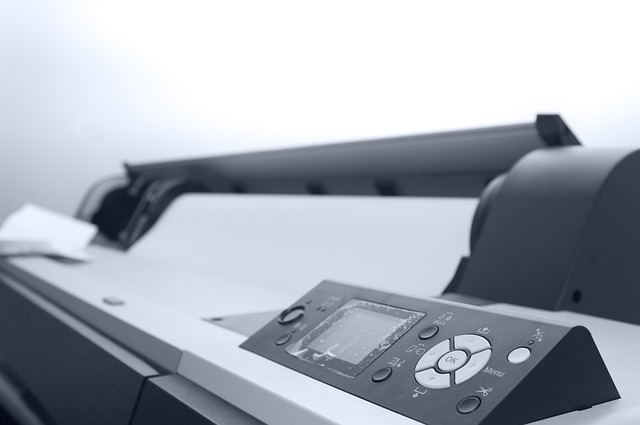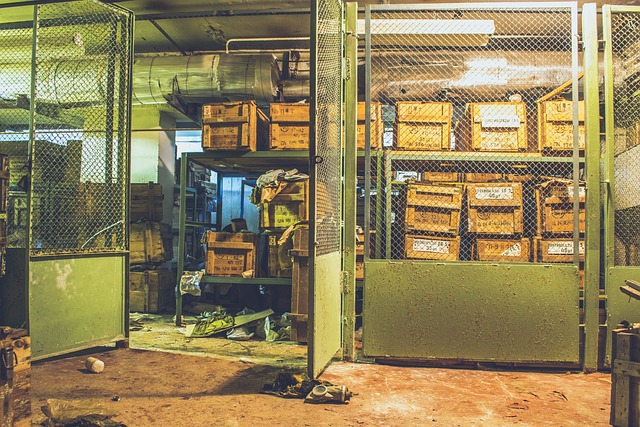When it comes to photography, the choice of format plays a pivotal role in the final results of your images. Whether you’re a budding enthusiast or a seasoned professional, understanding the various photo formats can dramatically affect the way your work is received. Each format has its unique characteristics, benefits, and limitations that cater to different photographic needs.
Starting with the most common formats, we have JPEG and RAW. JPEG is widely used for its convenience. It compresses image data, resulting in smaller file sizes, which is perfect for quick uploads and sharing on social media. However, this comes at the price of some quality loss, making it less ideal for fine art photography or when extensive editing is anticipated.
On the other hand, RAW format offers photographers the flexibility they crave. When you shoot in RAW, your camera captures all the data from the sensor, giving you greater control over editing. This means you can fine-tune aspects like exposure, contrast, and white balance without compromising image quality. The result? Stunning photos that can withstand the test of time.
Beyond JPEG and RAW, other formats like TIFF and PNG are worthy of mention. TIFF files are often used in professional settings due to their lossless quality, making them perfect for high-end printing and archiving. If you’re venturing into graphic design or creating web images, PNG may be the go-to choice, especially for images with transparent backgrounds.
When choosing a format, it’s essential to consider the optics of your camera as well. The quality of the lens, sensor size, and even the lighting conditions can affect which format is best for your needs. For instance, a high-resolution camera equipped with top-notch optics can benefit immensely from shooting in RAW or TIFF, ensuring that every detail is captured accurately. Conversely, if you’re simply documenting daily life or enjoying leisurely photography trips, a high-quality JPEG might suffice.
Additionally, think about where your photos will end up. For online portfolios or social media, JPEG often strikes the right balance between quality and file size. In contrast, for gallery prints or exhibitions, investing time in RAW processing pays off, allowing your work to shine with clarity and richness.
As you dive deeper into the world of photography, remember that the format you choose can either elevate your work or hold it back. Delve into the array of available photo formats, experiment with them, and discover how each can capture your unique vision. The beauty of photography lies not just in the images we create but in understanding the tools at our disposal, allowing us to communicate our stories through the lens of our cameras.


